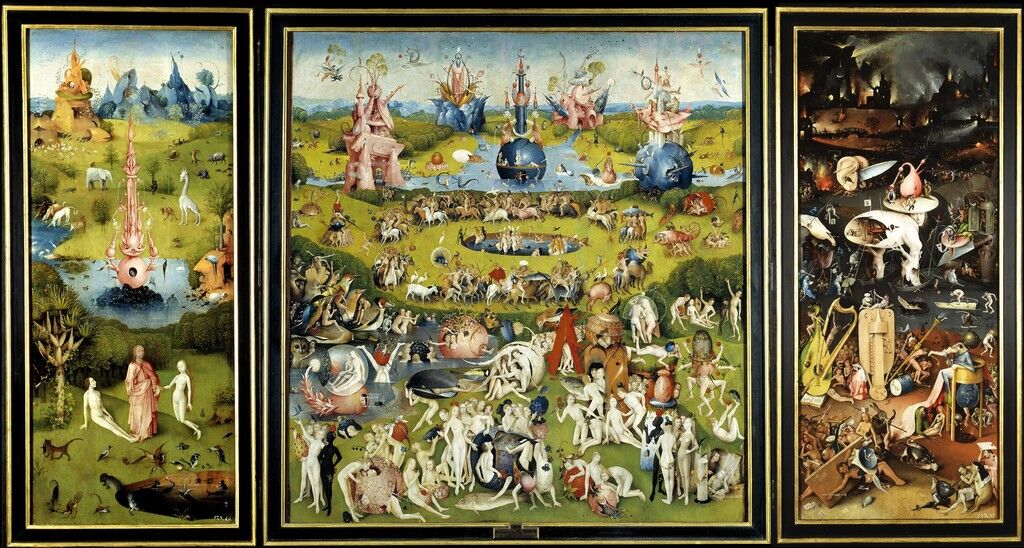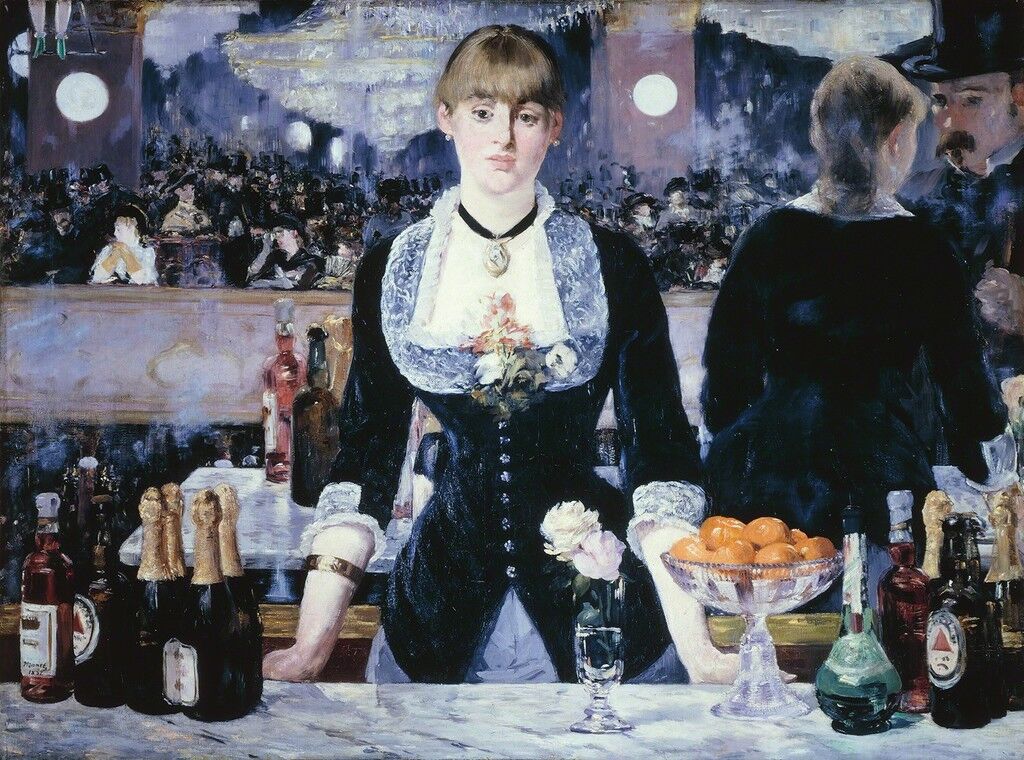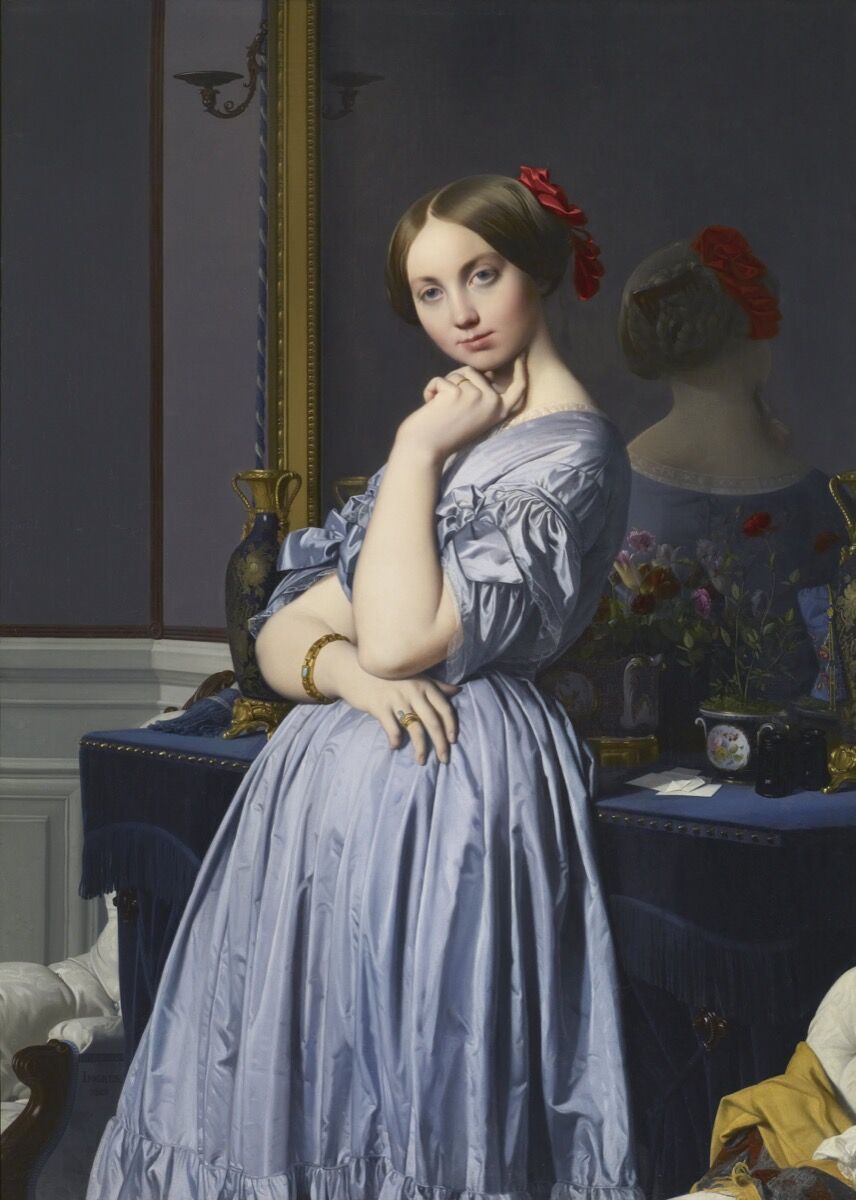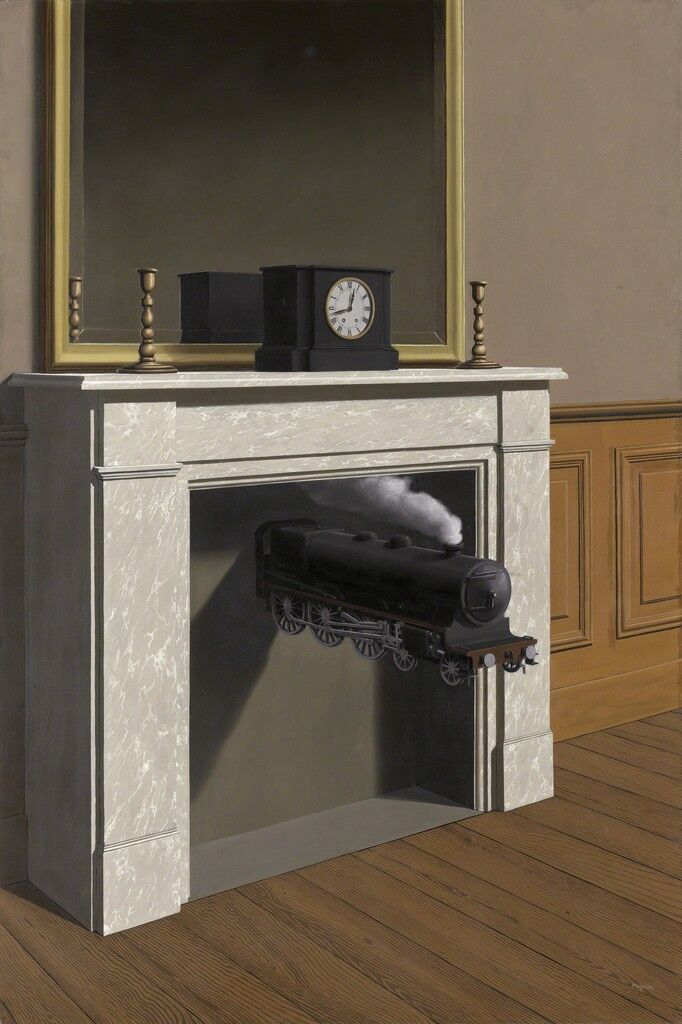I have mixed feelings about this article. They interview a neuropsychologist who touts the advantages of art therapy, and how it is helpful as a clinical treatment, especially with anxiety. She posits that artists are likely to be more open to art therapy because of their familiarity with the materials, but I have found often that artistically-inclined people can actually be the most resistant (changes how they do art with the introspection involved, for instance). She even quotes some research about how art making for 45 minutes can reduce anxiety, which is great that she is familiar with the study.
Later in the article, however, they switch to discussing art-based hobbies that you can pursue on your own at home and have the same effect as art therapy. That is a fine line because similar effects can be felt, but they don't get into the difference of making things creatively that have a therapeutic effect and what art therapy is by definition, which is clinical treatment facilitated by a credentialed professional to address specific treatment issues. In fact, at the bottom, they include the suggestion "Want to try art therapy at home? Check out these artistic kits to help you get started." I just hope it doesn't mislead people into thinking they can knit or paint themselves out of a severe depression on their own. Those kinds of approaches I would rather call therapeutic art making.
Regardless, I'm happy for some positive reports about art therapy in the news. Perhaps I'm too strict and sensitive on this issue, so if you have your own opinions on the article, sound off below!
written by AMY LAWRENSON
UPDATED JAN 29, 2020
:max_bytes(150000):strip_icc():format(webp)/art-therapy-7db7e8f9cd0b43b1bda39a5d14c7d91f.jpg)
Paint brushes
PEXELS / DEEANA GARCIA
Art therapy is a creative way to tackle anxiety, but does it really work? We live in a society where low-level (and sometimes full-on) stress and anxiety is a daily given. From the constant sensory overload of social media, an ever-increasing inbox and the pressure of an almost always-on social life, we're more stressed and anxious than ever. And those niggling feelings are hard to tame. According to the American Psychiatric Association, almost 40 million Americans have an anxiety disorder (yes, you read that number right), while around 40 percent of the population admitted to feeling more anxious in 2018 compared with the year prior.
Art therapy has been used since the mid 20th century as a way for people to use creative exercises like painting and drawing to enhance feelings of mental well-being and to promote healing. Of course, you can sign-up for a pricey pottery or jewelry-making class, but finding something that you can do easily at home is a great way to get going too. And while art therapy may sound a bit out-there, it is, in fact, a legitimate form of therapy. Anxiety UK tells Byrdie that "most arts and crafts, such as knitting or baking or similar activities, are mindfulness activities which are a proven way of helping with stress, anxiety and/or anxiety-based depression."
Intrigued? To find out more about art therapy and how you can reap the benefits, we called on Dr. Sanam Hafeez to get us up to speed, so keep reading.
MEET THE EXPERT
Dr. Sanam Hafeez is an NYC-based neuropsychologist and faculty member at Columbia University. She is also a member of Byrdie's Beauty & Wellness Review Board.
Byrdie: Could you tell us about art therapy and whether or not it actually works?
Dr. Sanam Hafeez: Art therapy (AT) as a treatment option for anxiety is regularly employed in clinical practice, but scientific evidence for its effectiveness is lacking since this intervention has hardly been studied. Art therapy has been used for about 50 years.
Byrdie: Can artistic pursuits help everyone dealing with stress or does it only suit people who are naturally artistic?
SH: People who are artistically inclined will likely be more readily open to it. For those who are not, there might be some initial resistance. Nothing about art therapy is “results” oriented or has any element of competition or evaluation. Once those are not “born artists” realize this, they tend to be more open. Art Therapy is used to improve cognitive and sensory-motor functions, foster self-esteem and self-awareness, cultivate emotional resilience, promote insight, enhance social skills, reduce and resolve conflicts and distress.
Therefore, it is suited to almost alone open to the process.
Byrdie: Why does art therapy help people feel relaxed?
SH: Results of a 2016 study published in the Journal of the American Art Therapy Association found that just 45 minutes of creative activity can reduce your stress, regardless of artistic experience or talent. It fosters relaxation because when you are focused on creating, it takes your mind off things, even if you are just doodling and not painting like Picasso. It can put you into a “state of flow” which is a near meditative state. It calms the nervous system, encourages self-expression and self- awareness. It also gives me time to themselves in a relaxing environment.
When you are focused on creating, it takes your mind off things... It can put you into a 'state of flow' which is a near meditative state.
Byrdie: When looking for an art-based hobby, have some things been proven to help more than others?
SH: Aside from art, there are similar types of (non-sporting) activities that can have the same effect as art therapy, such as knitting or crocheting, writing, gardening, playing a musical instrument and volunteering with animals.
The most important thing is to choose something that you enjoy so that you will be engrossed in the activity and stick with it. If your mind is focused on an activity, there is much less space for your brain to be anxious.
If you have tried painting as a means of art therapy and didn’t like it, don’t give up. The next time, try pottery, collaging, digital art, textiles, or perhaps jewelry making. There are many different types of art. Find the one that best suits your interest and diverts your anxiety.













